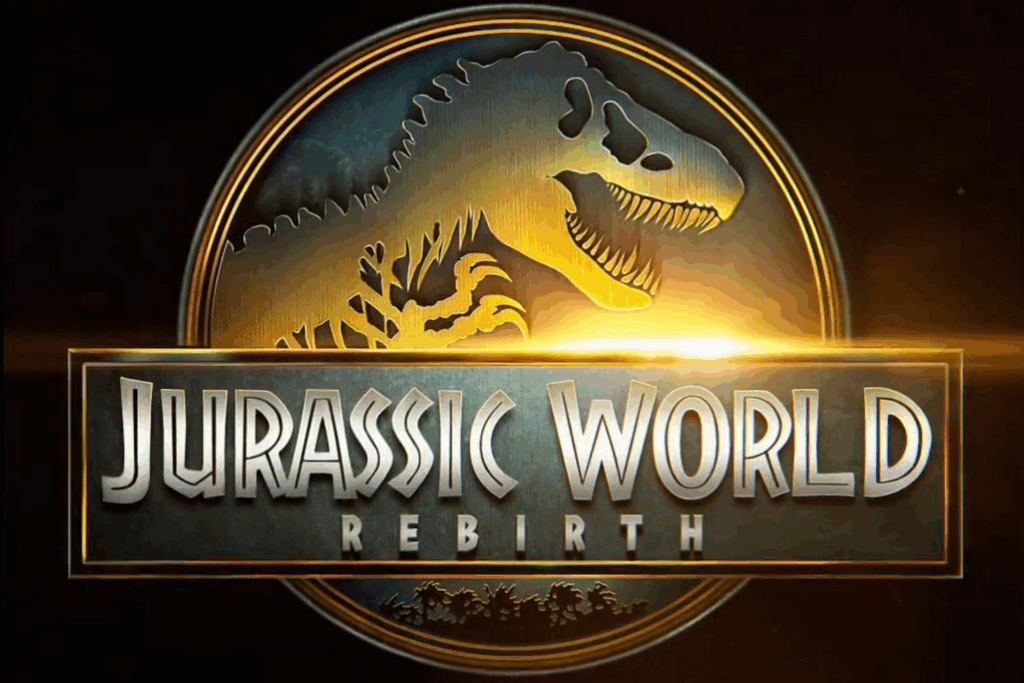Dinosaurs are back on the big screen once again with Jurassic World Rebirth, the fourth installment in Universal Pictures’ multi-billion-dollar franchise. Directed by Gareth Edwards and starring Scarlett Johansson and Mahershala Ali, the film swept into theaters worldwide this past July, grossing over $860 million globally. The box office figures cement its status as one of 2025’s top-grossing blockbusters, though critical reception has been mixed.For some viewers, this film fully delivers on the franchise’s promise—thrilling action sequences, stunning visuals, and lifelike creatures. For others, it serves as yet another reminder that Hollywood increasingly relies on spectacle over substance and storytelling.As the Jurassic saga continues, Jurassic World Rebirth poses a crucial question: Can the franchise still strike a balance between technological innovation and meaningful storytelling? Or has it become shackled by its own commercial success?

Despite its star-studded cast, Jurassic World Rebirth frequently reduces characters to symbolic tokens rather than fully realized individuals. Johnson’s portrayal of Zola Bennett is positioned as a brilliant scientist, yet her role rarely extends beyond providing exposition or evading dinosaurs, offering little depth of emotional complexity. Similarly, Duncan Kincaid, portrayed by Ali, is presented as a seasoned strategist, yet his screen time is primarily devoted to tactical briefings rather than meaningful character development. Both characters function more as narrative devices than individuals with compelling arcs, diminishing the film’s ability to draw audiences into its journey.As described in Entertainment Weekly’s article, the star power of this film helped the franchise make a strong comeback, yet it failed to compensate for the dramatic tension that should have been present.This trend reflects a growing tendency in contemporary American blockbusters to rely on star power to compensate for weak characters. The end result is visually dazzling yet emotionally hollow.


Jurassic World Rebirth maintains the visual standards of its predecessors while achieving new breakthroughs. Utilizing cutting-edge CG technology, the film brings dinosaurs to life with astonishing detail—an effect amplified in the IMAX version that immerses audiences in a prehistoric world. Yet despite these technical triumphs, the film’s narrative weaknesses remain exposed.An article from Screen Rant points out that while the visual effects are breathtaking, the storyline fails to keep pace with this magnificent spectacle. It emphasizes that this sequel struggles to surpass its predecessor, as it offers little in the way of narrative innovation.Audiences quickly realized the repetitive plot pattern, dinosaurs appear, humans escape. Viewers could almost predict how the story would unfold next. While the special effects delivered immediate visual thrills, they couldn’t compensate for the lack of an engaging narrative structure.

Jurassic World Rebirth has done very well around the world. According to The Numbers, it has made approximately $860 million around the world. This is more than was expected, and it shows that a lot of people like the movie. While movies that do very well at the box office tend to get good reviews, many people say that this movie relies too much on the popularity of the franchise, its special effects, and the dinosaurs we’ve already seen. This can limit how creative the movie can be.Nor can the stunning special effects seem to salvage the relatively flat plot and character development, making the entire film feel somewhat repetitive. Commercial films often prioritize box office success at the expense of other details. Over time, audiences may grow weary of these clichés, finding them lacking in freshness, which also diminishes the artistic value and cultural impact the films could otherwise possess.
From a cultural perspective, the Jurassic World Rebirth brand has a strong cultural impact. People are more likely to watch familiar franchises than to take risks on new films. Some people loved the special effects and action scenes, while others thought the story was too predictable, the characters were boring, and it didn’t make them feel much. For example, in Kristian’s video, people’s reactions to the plot and characters vary greatly. Some enjoy the thrilling visuals and action sequences, while others complain that the characters lack depth and the story is too predictable.For filmmakers aiming to rake in box office receipts and win over audiences worldwide, remember this: tell compelling stories and flesh out your characters. Otherwise, viewers might enjoy the spectacle, but they won’t truly connect with it.
The special effects and action sequences in this film are truly spectacular, delivering an exhilarating and satisfying viewing experience. However, the characters and storyline fall slightly short, leaving audiences with mixed feelings. Furthermore, the film feels overly commercialized and reliant on established brands, constantly falling back on familiar franchises and safe formulas. While this approach ensures global appeal, it risks stifling the emergence of fresh narratives and creative works.If future sequels fail to innovate in terms of plot and character development, will audiences continue to support this franchise?
